- Home
- slideshows
- miscellaneous
- SodaStream built a 1000-foot-long contraption called the 'Holy Turtle' to collect plastic from the ocean
SodaStream built a 1000-foot-long contraption called the 'Holy Turtle' to collect plastic from the ocean
About 18 billion pounds of plastic waste flow from coastal regions into oceans each year, according to National Geographic.

Birnbaum said the Holy Turtle contraption is about 3 feet tall, with half of it sitting underwater while it is in use.
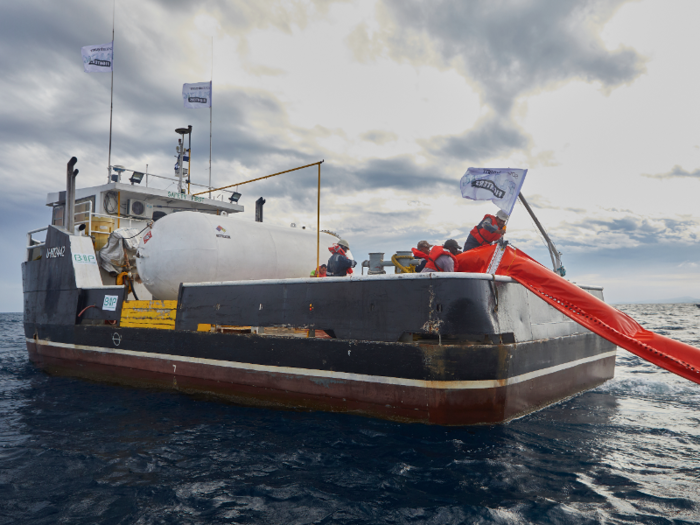
Garbage is collected in the middle of the U-shaped contraption, and the device's holes allow water to be released.
The holes also let marine life escape, Birnbaum said, so turtles and other animals do not get trapped.
Based on rough estimates, Birnbaum said the contraption could likely collect 20 tons of trash in one round. He said half of the trash collected is plastic, and most of the plastic comes from bottles.
SodaStream is not trying to collect all of the trash in Honduras, Birnbaum said.
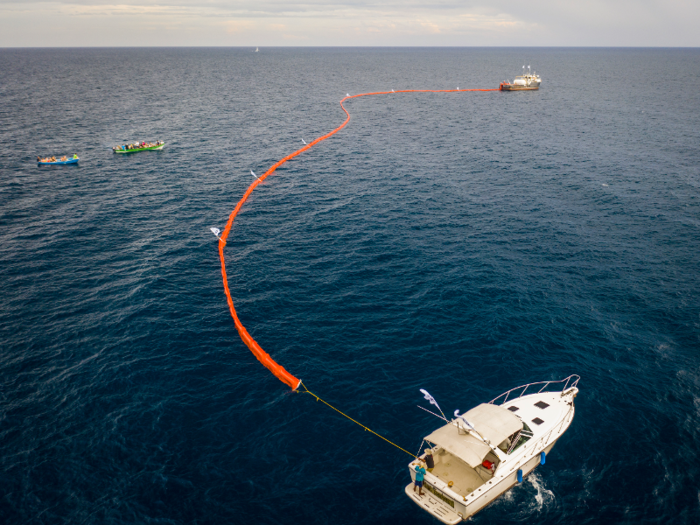
One Holy Turtle expedition would collect a few tons in a matter of hours, gathering very little plastic relative to the total amount of trash in the ocean.
"It's not about the collection. No one can collect enough," Birnbaum said. "The amount of trash that is being pumped into the ocean regularly, every minute, is greater than what we can ever collect."
Instead, SodaStream aims to educate people about the magnitude of this issue.
"Humanity is fighting for its existence," he said. "We could be the dinosaurs of this generation."
Plastic straws should be illegal, Birnbaum said.
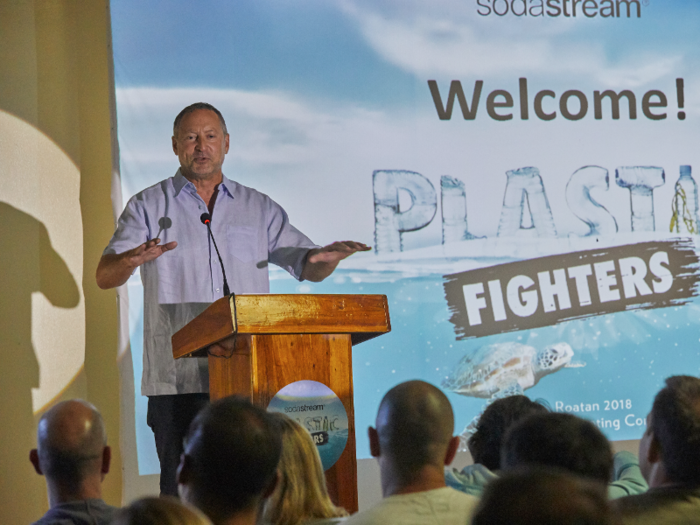
He added that people with disabilities or those who just prefer to use straws should rely on paper or stainless steel straws instead.
While plastic straws are still found nearly everywhere in the United States, an increasing number of companies are taking steps to get rid of them.
Starbucks, for example, is phasing out plastic straws and will replace them with paper ones in all stores by 2020. Goldman Sachs has joined the movement as well, and all of its US offices will eliminate plastic straws by the end of this year.
The straw ban is also gaining some traction among legislators, with California deciding to ban sit-down restaurants from serving plastic straws to customers starting next year.
Birnbaum said he is concerned about the widespread presence of microplastics — extremely small pieces of plastic beads, fibers, or fragments.
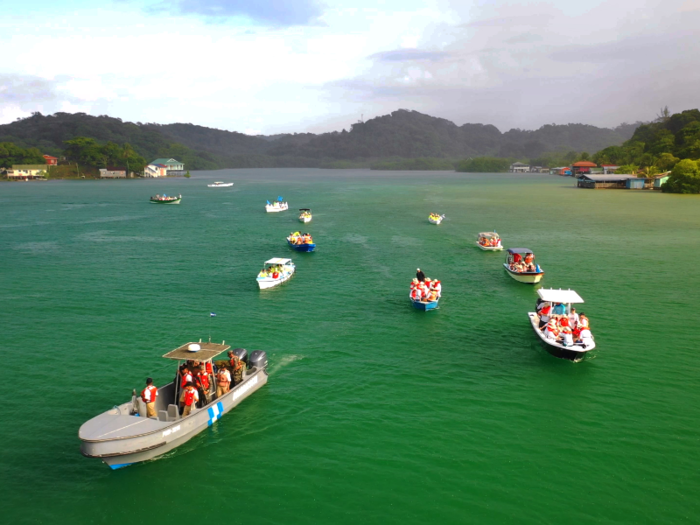
Plastic can have a fatal effect on marine life, but very little is known about its impact on human health.
Studies have shown that people commonly ingest plastic through fish and other foods. After some major brands of bottled water were found to contain plastic particles, the World Health Organization announced this year that it will investigate whether eating and drinking plastic particles can harm humans.
Birnbaum said he is worried it may take a long time for the WHO to investigate, adding that scientists do not have a control group to compare results to.
The Honduran island of Roatán, which boasts rainforests, mangroves, and beautiful beaches, has an area of just 32 square miles. The small island has a significant amount of trash floating in the waters and along the beaches.
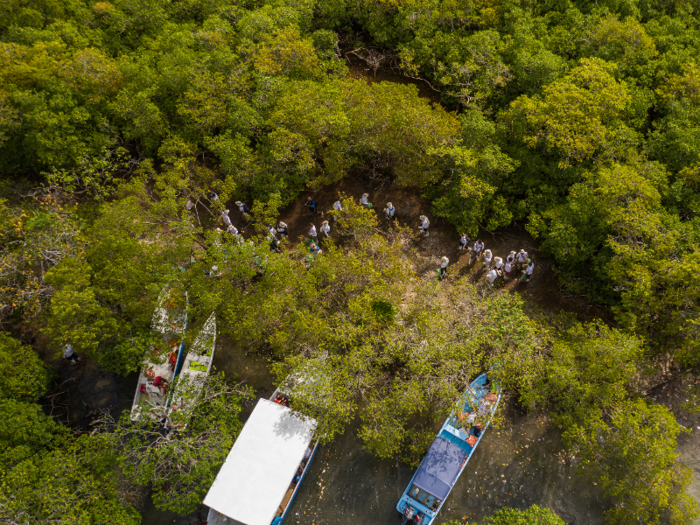
Due to currents and rain patterns, miles-long garbage patches sometimes accumulate near the island. The Holy Turtle was designed to tackle trash floating in shallow waters like those surrounding Honduras, not deep ocean waters.
The SodaStream CEO said his device differs from the now-famous plastic-cleaning contraption made by The Ocean Cleanup.
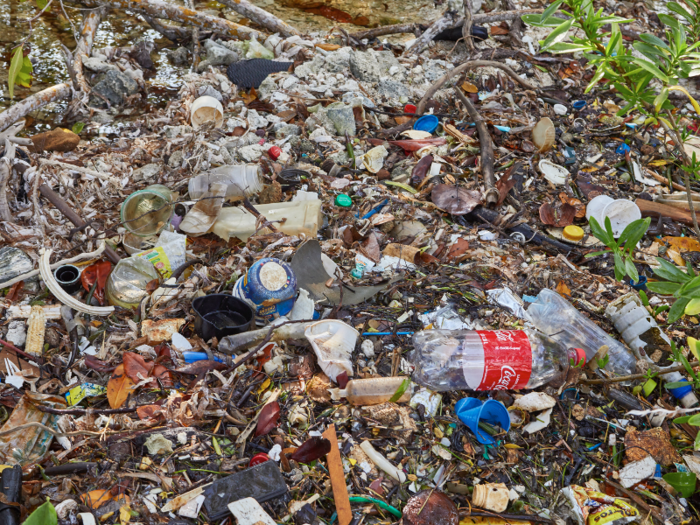
The Ocean Cleanup spent about five years working on a solution to clean plastic from oceans, finally unveiling its 2,000-foot-long plastic cleaning array in September.
Founder Boyan Slat wants to clean plastic from the Great Pacific Garbage Patch, a vortex of trash in the North Pacific Ocean that is more than three times the size of Spain. The Ocean Cleanup says it can remove half of the patch's plastic in five years if it deploys 60 of its plastic-collecting arrays.
Some experts have voiced concern about The Ocean Cleanup, saying it will be ineffective and cause marine life to get trapped in the debris. Slat's team later defended the safety and design of the project.
Birnbaum said SodaStream's device will not harm marine life, noting that the two devices were made to collect trash from different water depths.
SodaStream did not patent its contraption, and Birnbaum said he views it as a public service to let other people use the design.
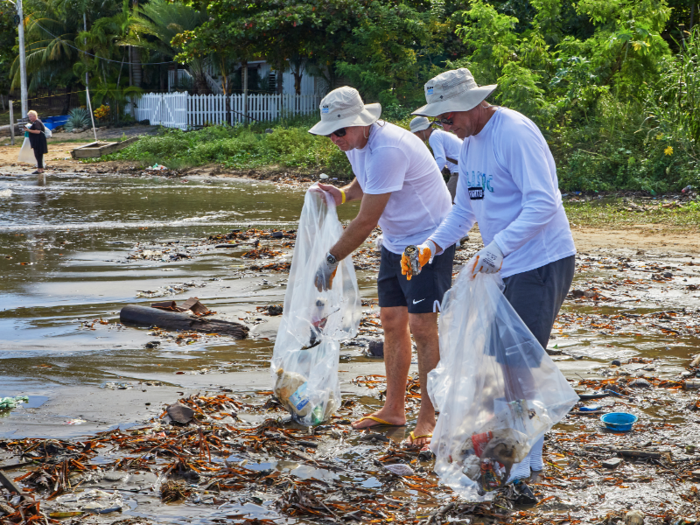
It cost Birnbaum's team more than $1 million to build the Holy Turtle, travel to Honduras, and complete the cleanup.
Birnbaum said Holy Turtle is staying in Honduras, and his colleagues are training local residents to use it on their own.
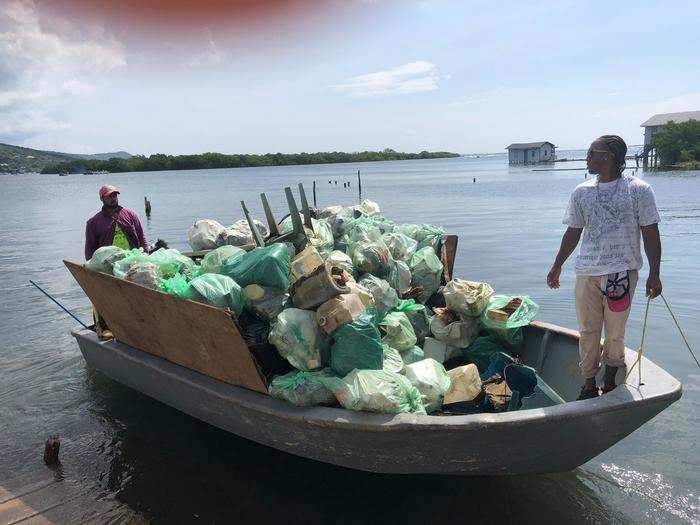
Roatán does not have proper treatment facilities, Birnbaum said, so all the plastic collected needs to be brought to the mainland.
Plastic collected by the Holy Turtle will be used for exhibitions that aim to raise awareness about the magnitude of plastic in oceans.
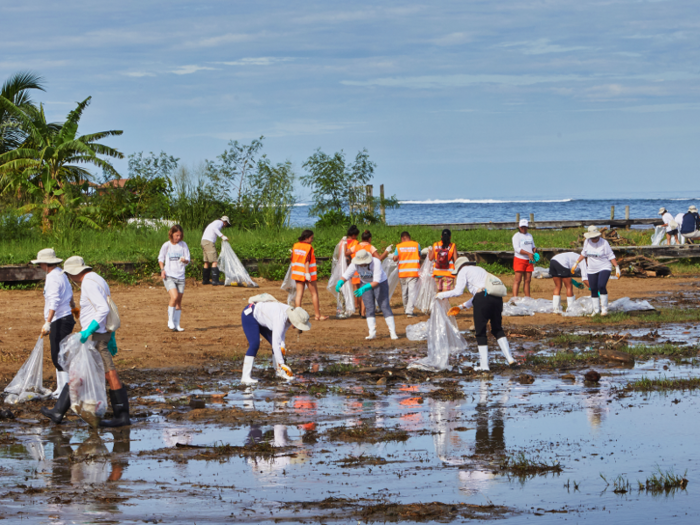
Birnbaum said he wants this project to serve as an educational tool for people around the world.
Popular Right Now
Popular Keywords
Advertisement